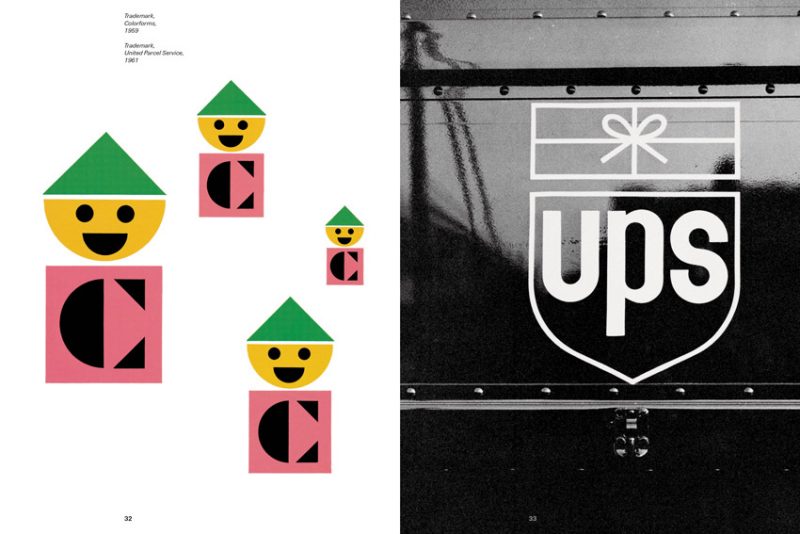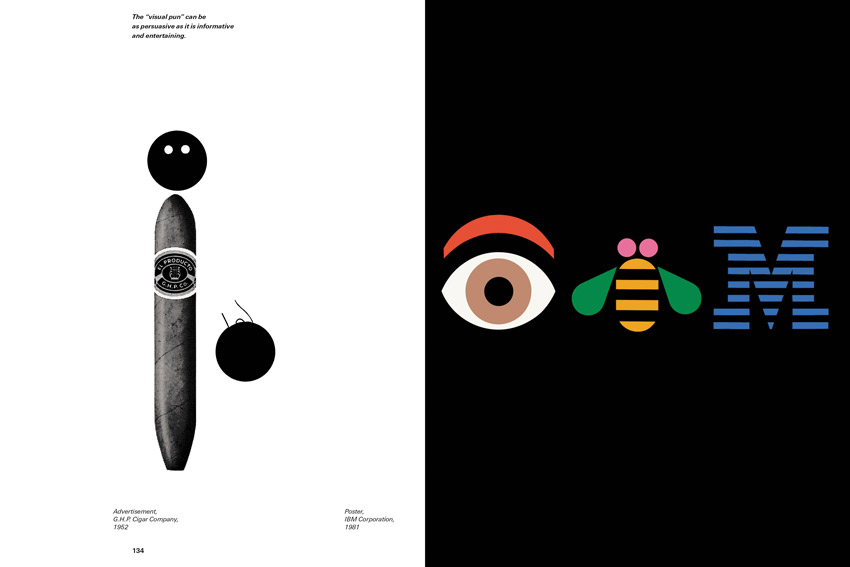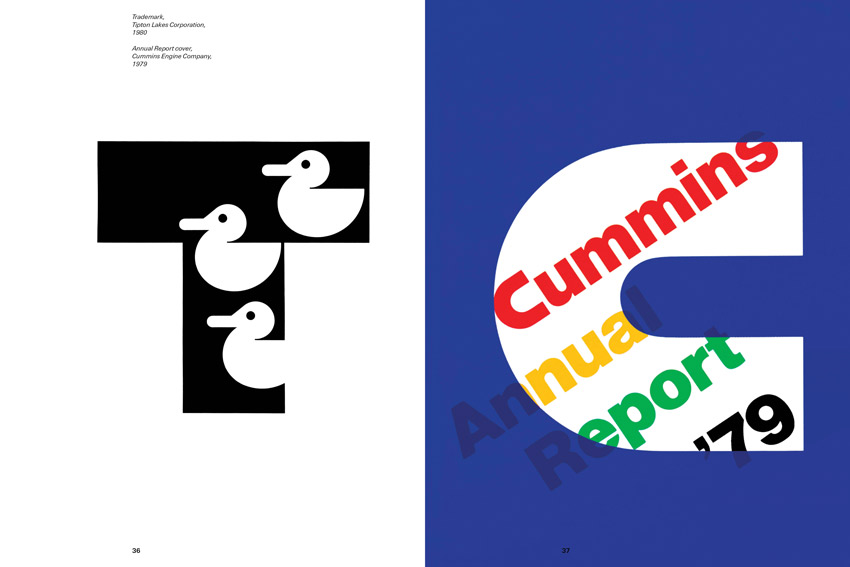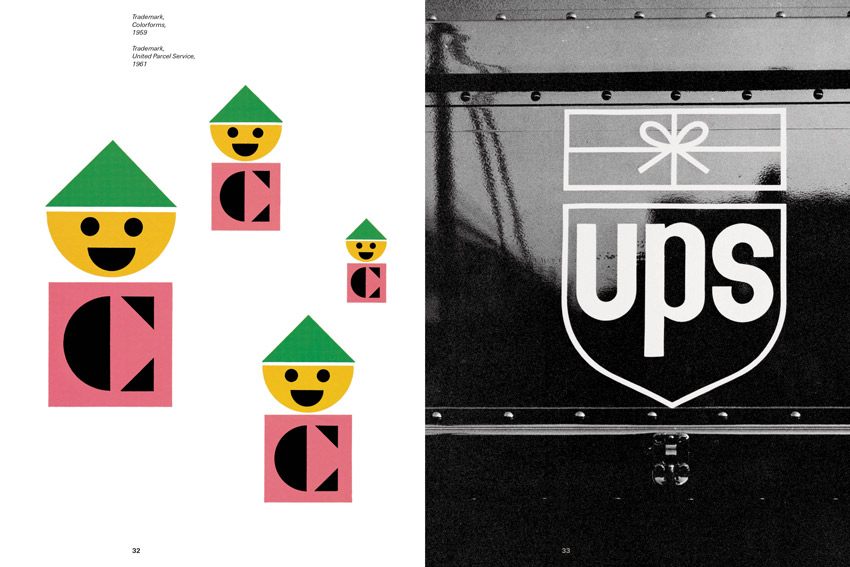We marvel at the sleek designs of retro furniture and stare in awe at the clean lines and unique angles of 1950s architecture, but we can’t forget the impact art and design has had on these very things. One of the most influential graphic designers of the midcentury, Paul Rand used his talent and unique style to spread Midcentury Modern design to the masses.
Born in New York on August 15, 1914 as Peretz Rosenbaum, he eventually shortened his name to Paul Rand to hide his Jewish identity, as his preferred style had German influence. His love for design began at a young age painting signs for his father’s store and school functions.
“My life is my design.” —Paul Rand
Though much of his talent was self-taught, he later attended art schools such as The New School for Design, the Art Students League and Yale University for a formal education in his craft. His most well-known pieces are the corporate logos he designed for companies such as ABC, IBM, Morningstar, Inc., NeXT Computer, Enron and Yale University.
In one of Paul Rand’s design books, Paul Rand: A Designer’s Art, published by the Princeton Architectural Press, fellow art director and graphics aficionado, Steven Heller, touches on why Rand’s designs are remembered to this day. “…Through applying his critical interpretation of European modernism to advertising, editorial and corporate design, [he] created an American design vocabulary,” says Heller. “He created a language of serious graphic design discourse beyond the typical clichés.”
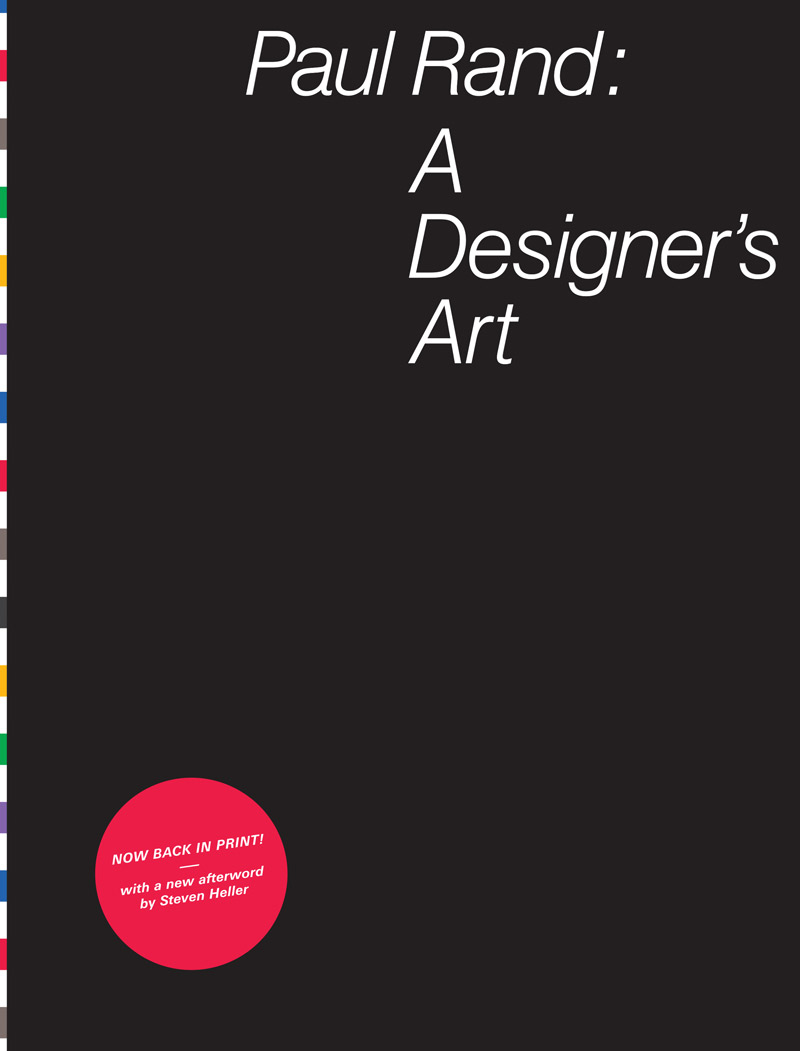
Rand worked to ensure his designs were simple but eye-catching and easily recognizable, using one image to say a thousand words. Though he died in 1996, his work will forever be remembered, as it remains prominent to this day.
Intersted in Mid Century Era graphic design? Check out this post on

